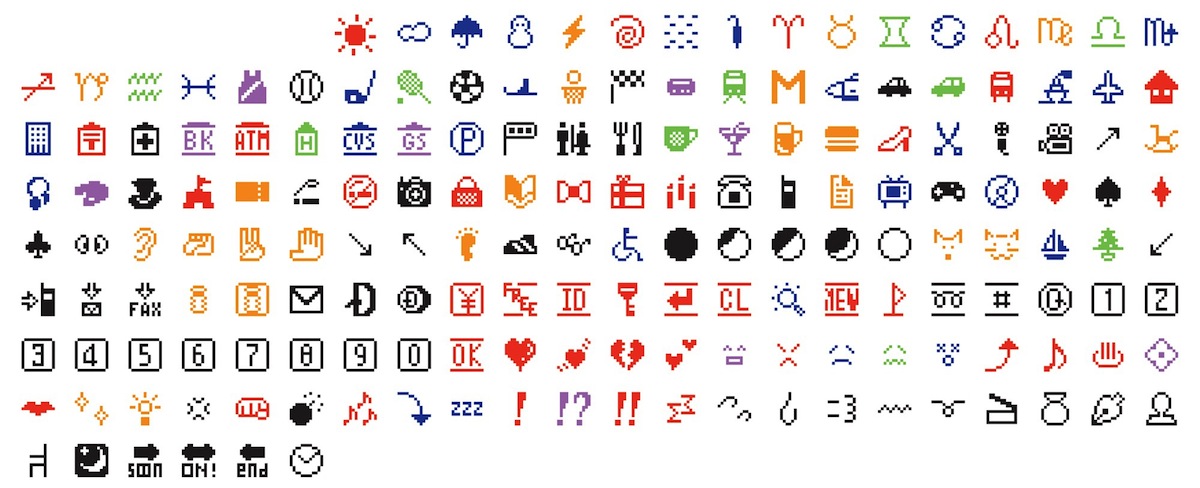
Original Emoji Will Go on Display at Museum of Modern Art

Before the "hearts-for-eyes" face, the praying hands and the notorious eggplant, there was the very first set of emoji — an assortment of small and now-primitive pictographs that include a green coffee mug, a blue airplane and a purple face with two carets for eyes and a tiny rectangle for a mouth. But now, these trailblazing symbols have the distinction of being modern art.
The Museum of Modern Art (MoMA) in New York City announced yesterday (Oct. 26) that it has acquired the original 176 emoji for its permanent collection, reported The New York Times. MoMA will feature the emoji in the museum's lobby starting in December, as part of an exhibit that includes other graphics and animations.
The original emoji were designed by Shigetaka Kurita for the Japanese mobile carrier NTT DoCoMo. Kurita created the pictographs, which were released in 1999, on tiny grids measuring 12 pixels by 12 pixels.
When smartphones became ubiquitous, emoji became a staple of mobile communication.
"The transition from desktop to mobile platforms necessitated a further rethinking of the customs long associated with written correspondence," Paul Galloway, MoMA's Architecture & Design Collection specialist, wrote in a blog post on the museum's website. "This was especially true in Japan, where the cultural necessity of exacting salutations and complex honorifics made early devices impractical for widespread adoption. Emoji were an ingenious shortcut around this and other problems."
Original article on Live Science.
Sign up for the Live Science daily newsletter now
Get the world’s most fascinating discoveries delivered straight to your inbox.

Denise Chow was the assistant managing editor at Live Science before moving to NBC News as a science reporter, where she focuses on general science and climate change. Before joining the Live Science team in 2013, she spent two years as a staff writer for Space.com, writing about rocket launches and covering NASA's final three space shuttle missions. A Canadian transplant, Denise has a bachelor's degree from the University of Toronto, and a master's degree in journalism from New York University.









